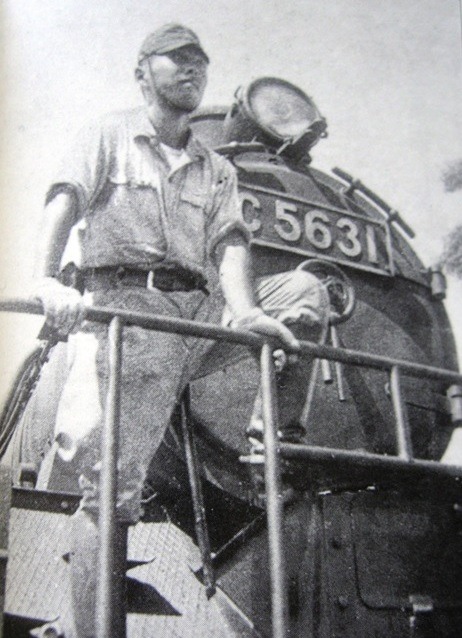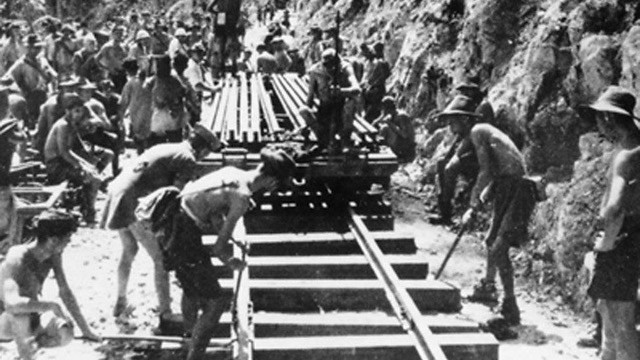Yangon — The construction of the “death railway”, the 415km link between Ban Pong near Bangkok and Thanbyuzayat in Myanmar’s Mon State, was completed on this day in 1943, costing the lives of over 100,000 Asian civilians and Allied prisoners of war in a yearlong construction process.
The railway was built by the Japanese to move troops and weapons during the Burmese campaign. At least 180,000 Asian laborers and over 60,000 prisoners of war were subjected to forced labor during its construction.
The final sleeper was made of bronze and fixed with a gilded dowel. An Australian prisoner of war stole it thinking that it was gold, writer Linnyone Thit Lwin wrote in his book of personal experiences on the railway construction.
Although the Japanese army at first hired laborers, it later forcibly drafted civilians to ease a labor shortage. Dr. Ba Maw’s government helped recruit laborers. One of the methods the authorities used was screening free films in towns and then seizing strong men as they returned home.

Villages were ordered to hand over a specific number of men and, in some cases, village chiefs forced people they disliked to join the workforce.
Civilians from Myanmar (then Burma), Java, Thailand and Malayan Tamils of Indian origin and prisoners of war from Britain, Australia and the Netherlands died from malnutrition, physical abuse, malaria, cholera, dysentery and tropical ulcers. The railway was only used for 21 months.
In 1946, the Thanbyuzayat War Cemetery opened for the prisoners of war who died.
The Death Railway Museum was opened in Thanbyuzayat on Jan. 4, 2016. Veteran Mikio Kinoshita, who served as a Japanese platoon commander in the railway construction, attended the event and recounted some of his memories in what he remembered of the Burmese language.
Translated from Burmese by Thet Ko Ko.
You may also like these stories:
The Day Myanmar’s Military Intelligence Chief was Sacked
The Day Myanmar’s First Locally Made Feature Film Premiered
The Day When a US President Praised a Student From Myanmar
















